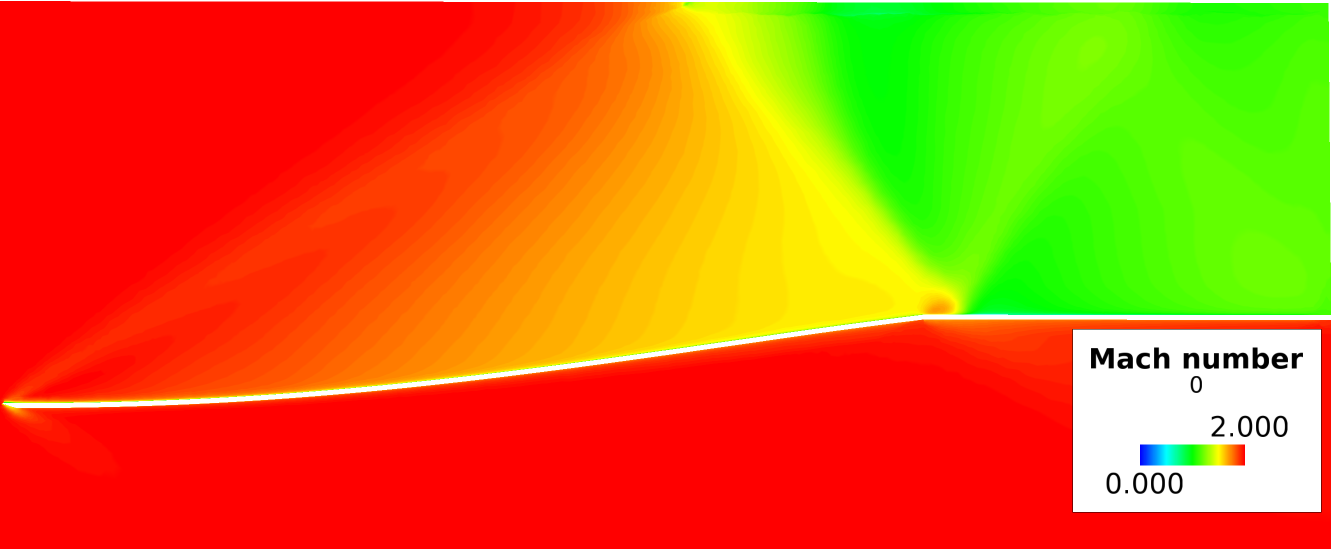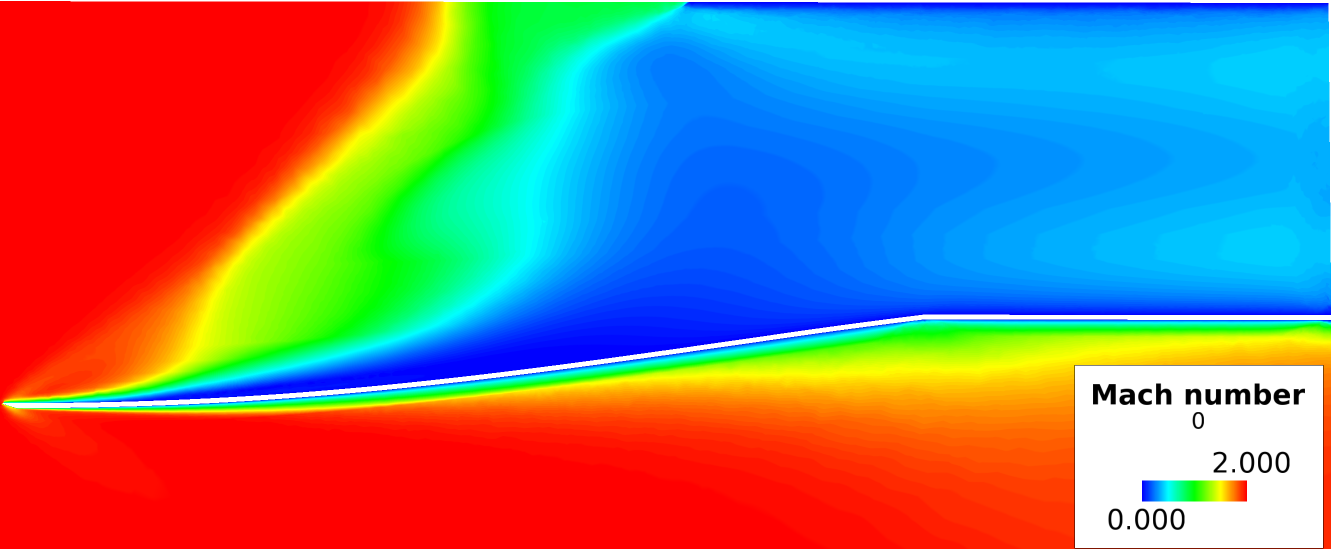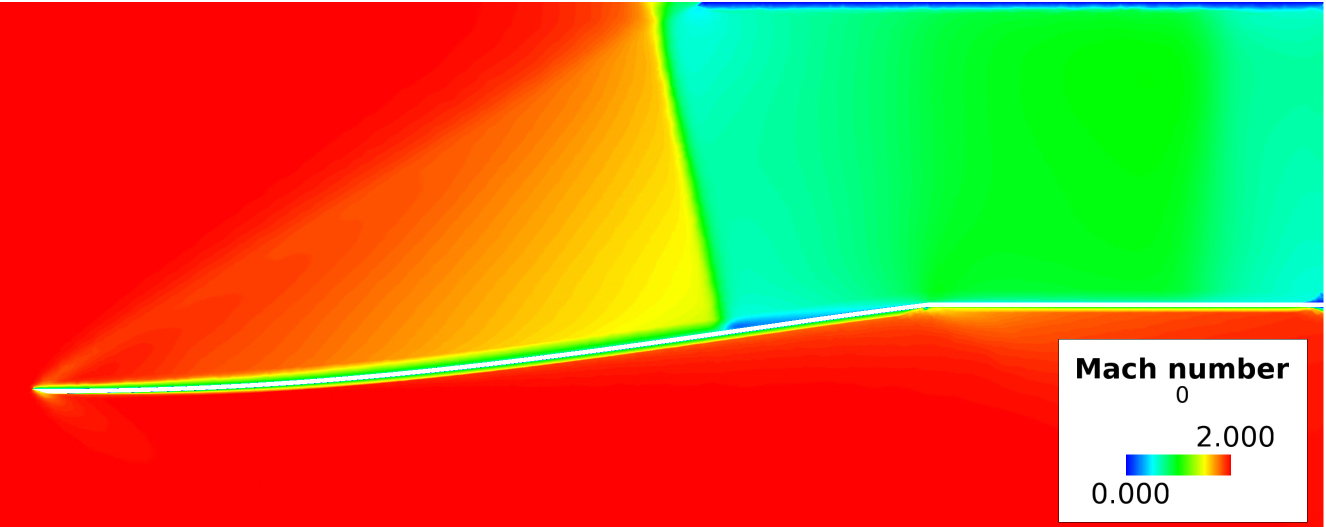Study on spacecraft dynamics
JAXA Supercomputer System Annual Report April 2019-March 2020
Report Number: R19ECWU24
Subject Category: Cooperative Graduate School System
- Responsible Representative: Shujiro Sawai, Institute of Space and Astronautical Science, Department of Space Flight Systems
- Contact Information: Yusuke Maru(maru.yusuke@jaxa.jp)
- Members: Haruaki Seta, Yusuke Maru
Abstract
design and evaluation of an intake for an ATR (Air-Turbo Rocket) engine for a reusable sounding rocket with an airbreathing propulsion system.
Reference URL
N/A
Reasons and benefits of using JAXA Supercomputer System
The use of JSS2 enables very high-speed analysis when evaluating the characteristics of the designed intake by CFD, so that performance evaluation under a variety of flight conditions can be performed.
Achievements of the Year
In order to combine the reusable sounding rocket with the airbreathing engine, it is necessary to install an air intake on the airframe. The purpose of the present study is to design the intake of the reusable sounding rocket with the Air-Turbo Rocket (ATR) engine and to evaluate the characteristics.
The characteristics of the designed intake shape were evaluated by CFD. From the inviscid analysis, it was confirmed that the flow field formed as designed (Fig.1). On the other hand, from the viscosity analysis, it was found that the influence of the boundary layer greatly affected the intake performance.(Fig.2) However, if the mainstream Reynolds number was tripled, the performance degradation due to the boundary layer was mitigated. (Fig.3)
Publications
N/A
Usage of JSS2
Computational Information
- Process Parallelization Methods: MPI
- Thread Parallelization Methods: OpenMP
- Number of Processes: 256
- Elapsed Time per Case: 8.3 Hour(s)
Resources Used
Fraction of Usage in Total Resources*1(%): 0.05
Details
Please refer to System Configuration of JSS2 for the system configuration and major specifications of JSS2.
| System Name | Amount of Core Time(core x hours) | Fraction of Usage*2(%) |
|---|---|---|
| SORA-MA | 321,558.47 | 0.04 |
| SORA-PP | 9,957.36 | 0.06 |
| SORA-LM | 276.23 | 0.12 |
| SORA-TPP | 0.00 | 0.00 |
| File System Name | Storage Assigned(GiB) | Fraction of Usage*2(%) |
|---|---|---|
| /home | 484.78 | 0.40 |
| /data | 9,845.10 | 0.17 |
| /ltmp | 3,580.73 | 0.30 |
| Archiver Name | Storage Used(TiB) | Fraction of Usage*2(%) |
|---|---|---|
| J-SPACE | 0.00 | 0.00 |
*1: Fraction of Usage in Total Resources: Weighted average of three resource types (Computing, File System, and Archiver).
*2: Fraction of Usage:Percentage of usage relative to each resource used in one year.
JAXA Supercomputer System Annual Report April 2019-March 2020





